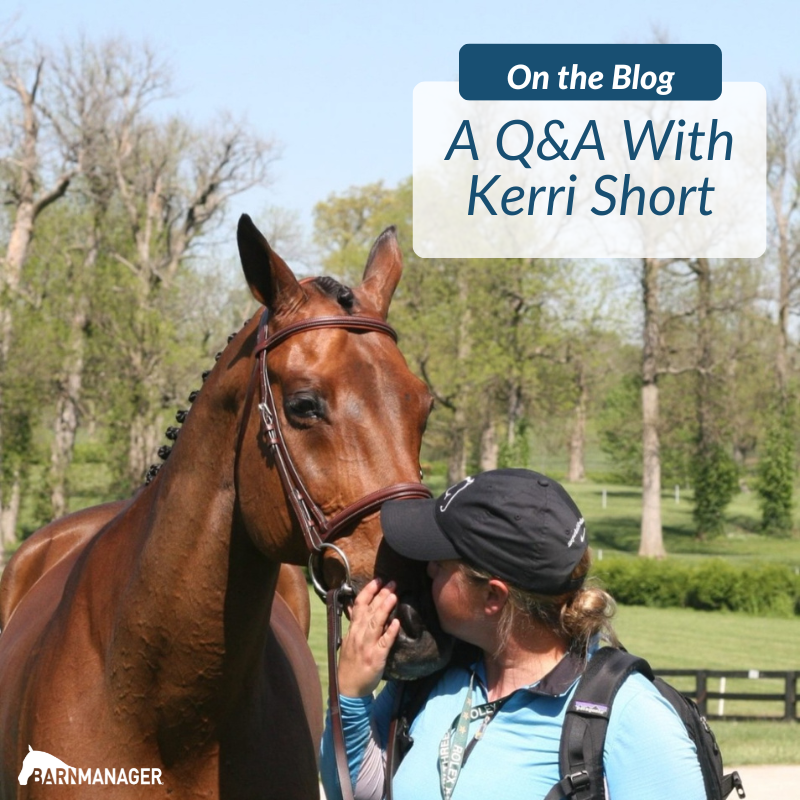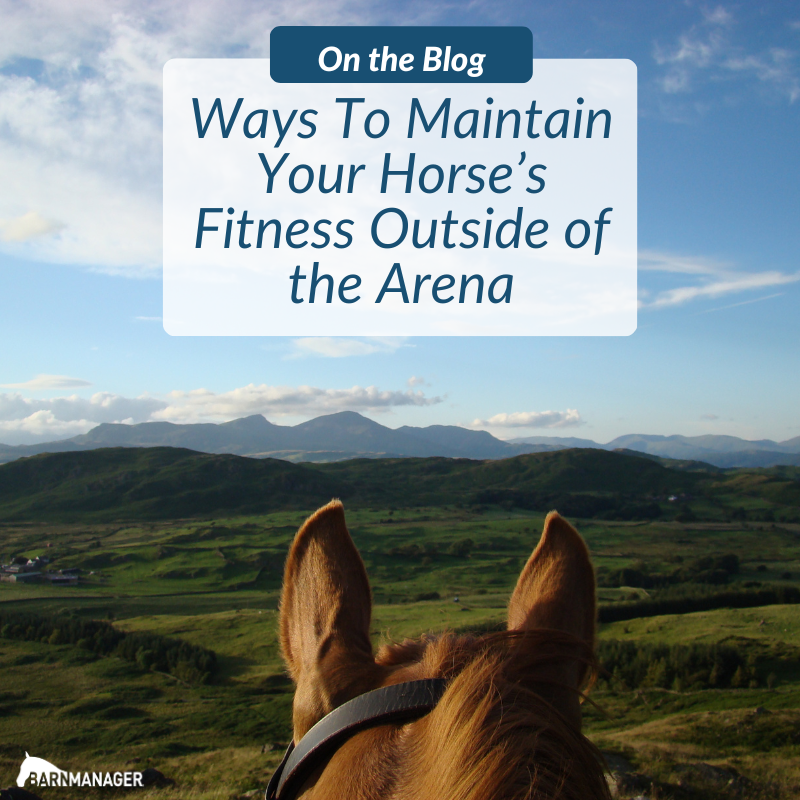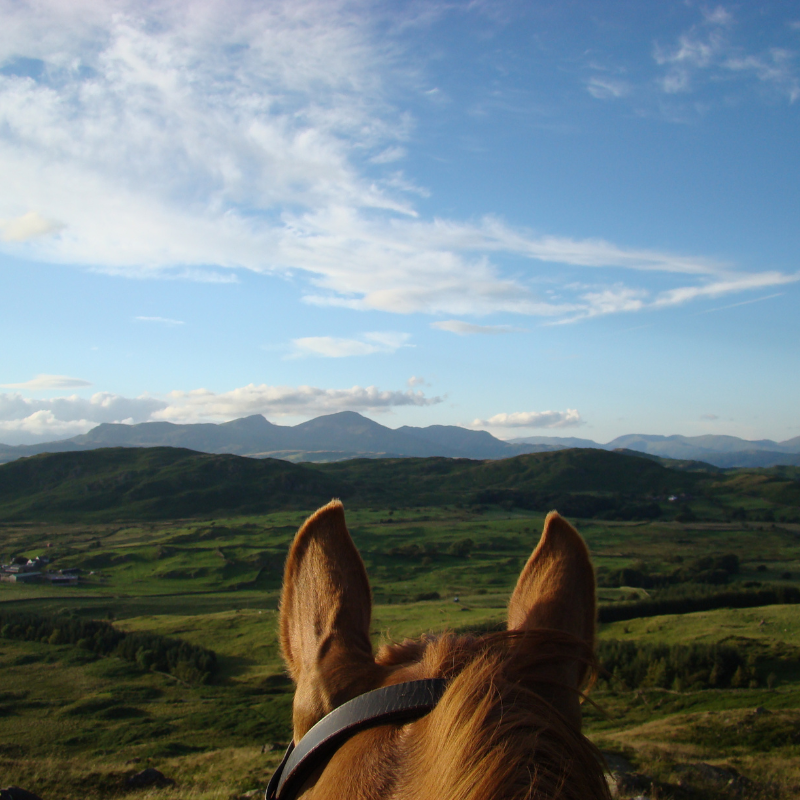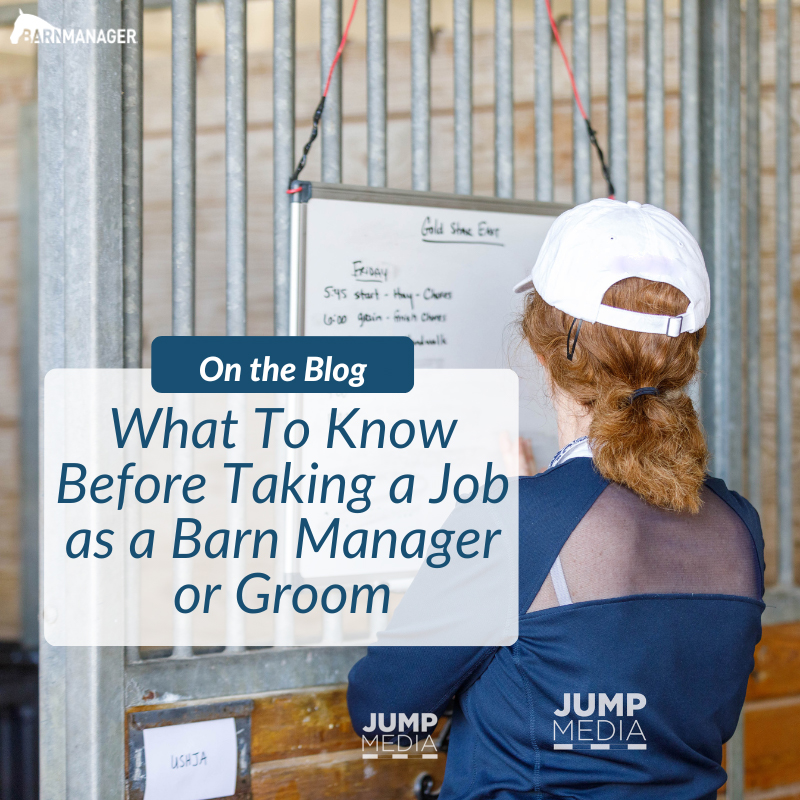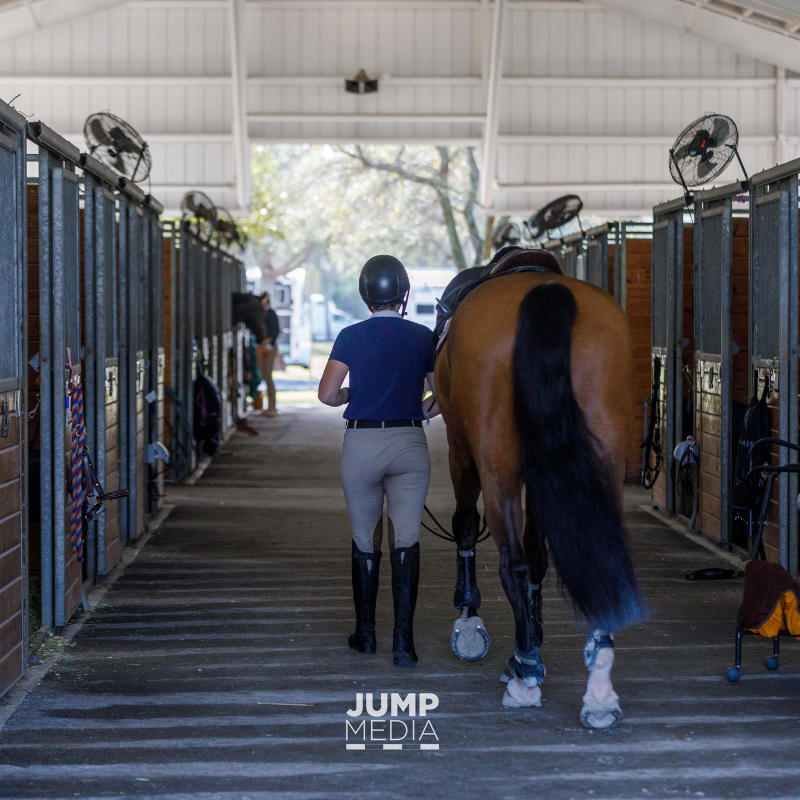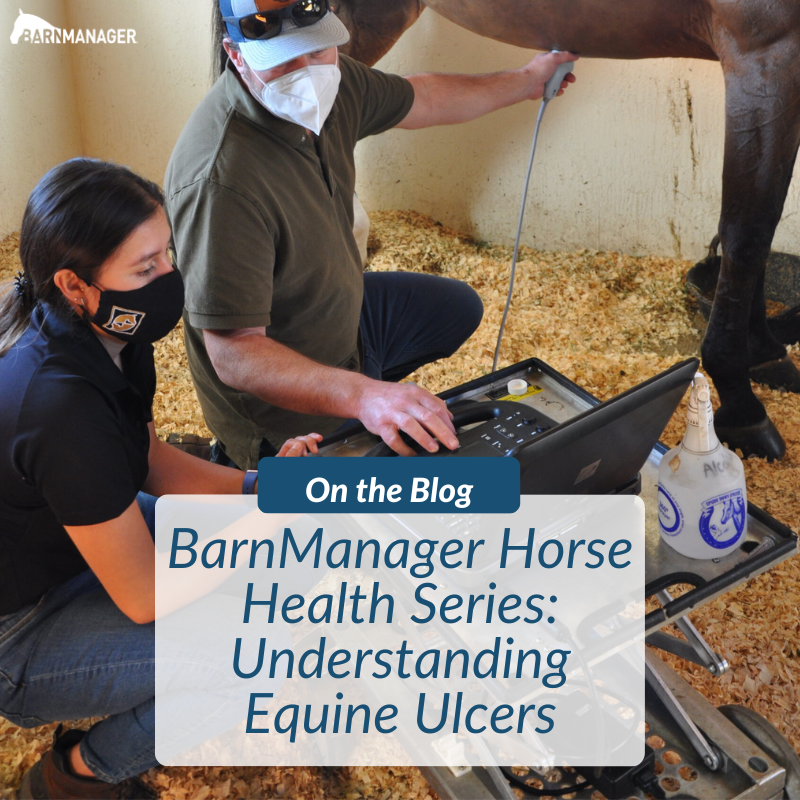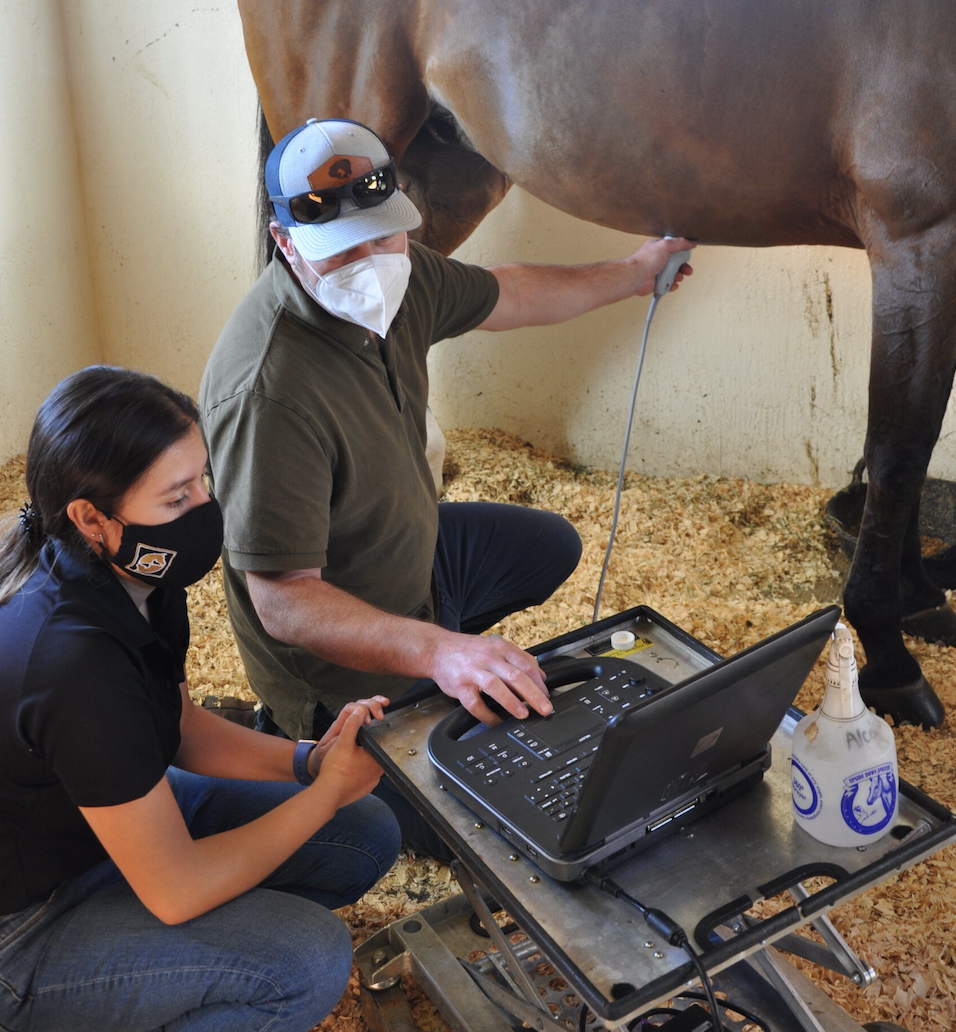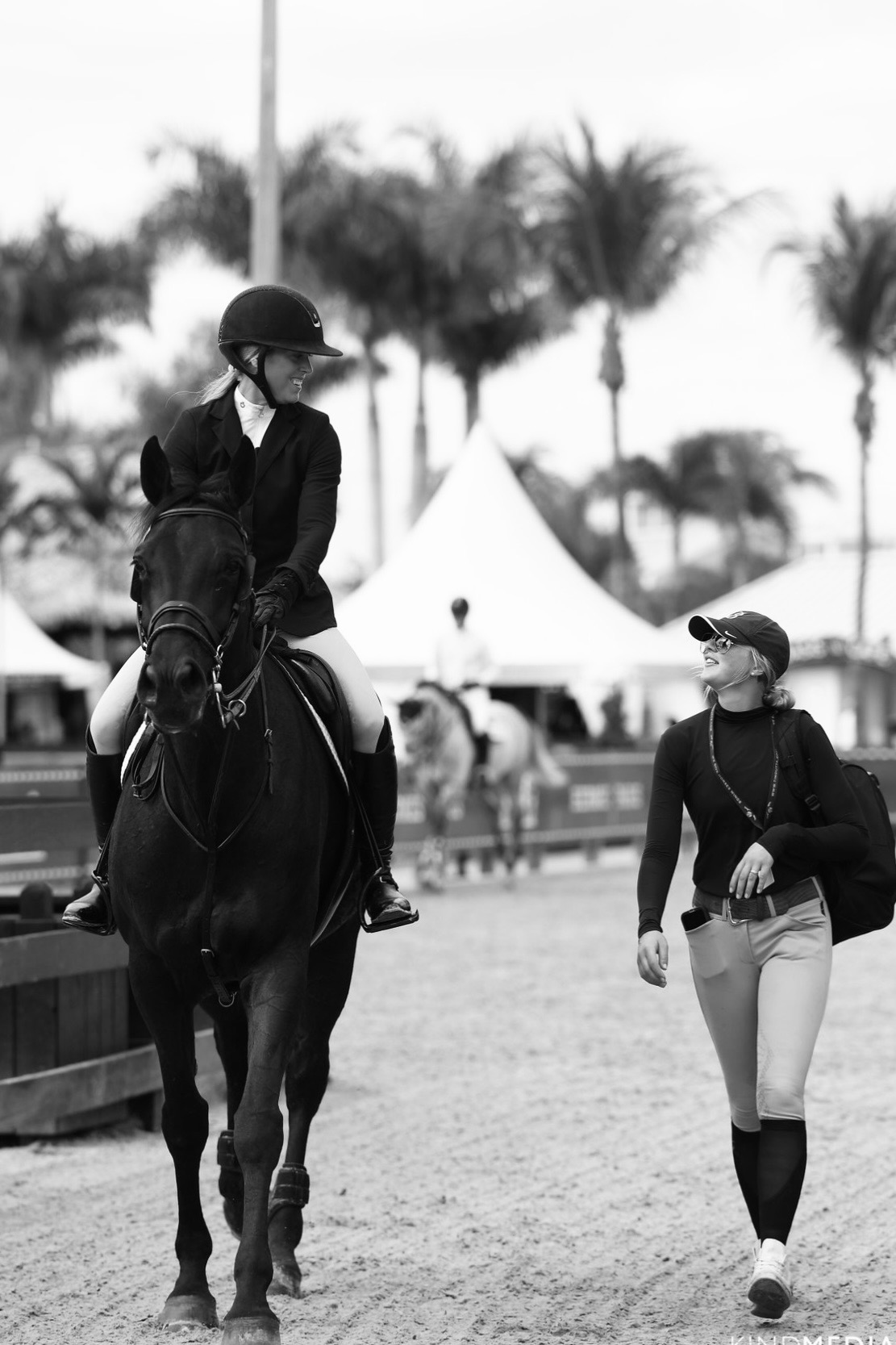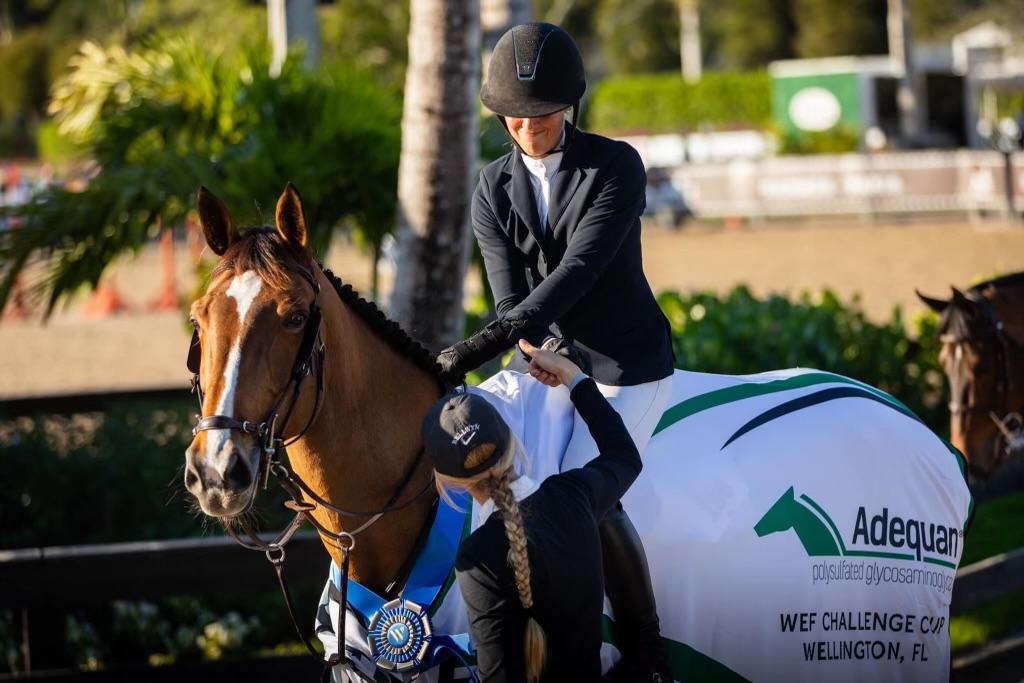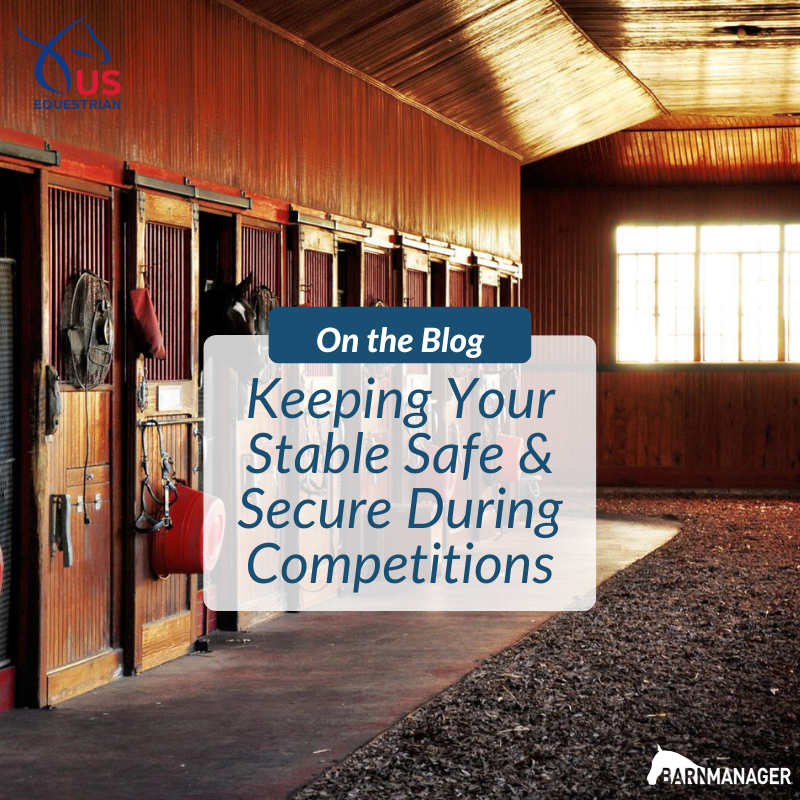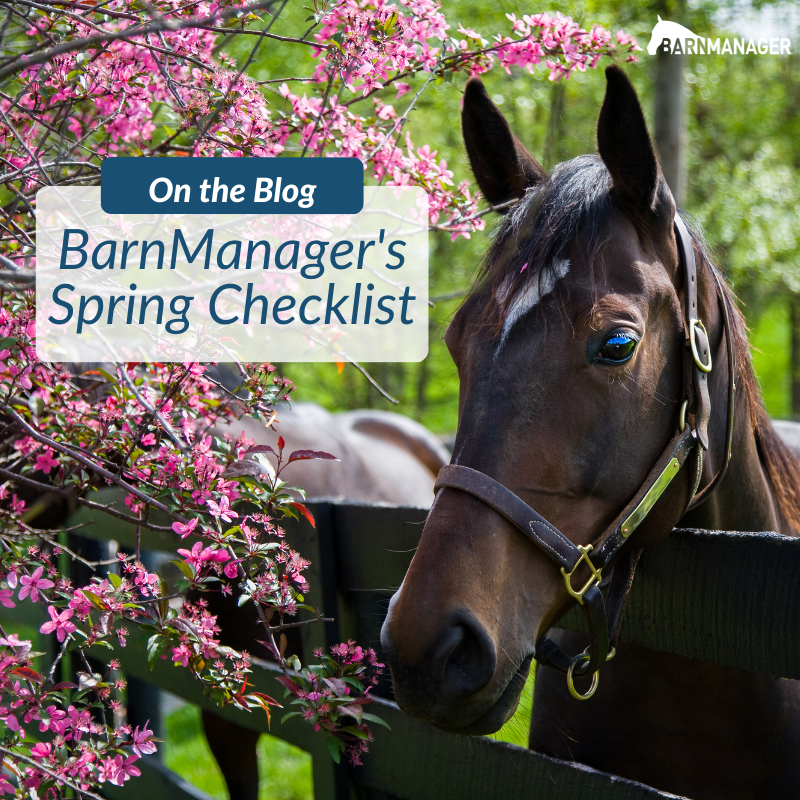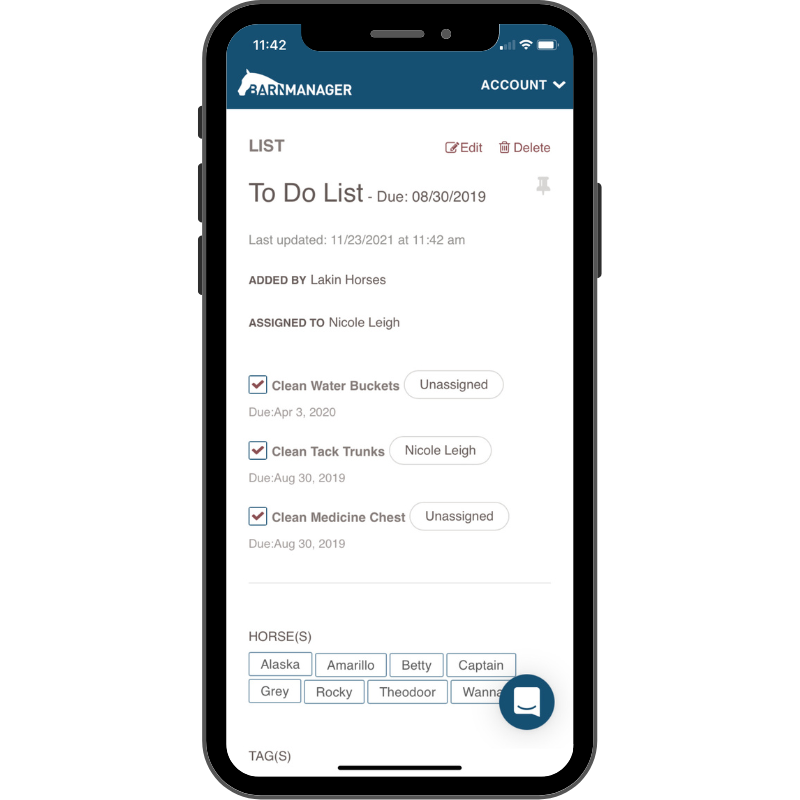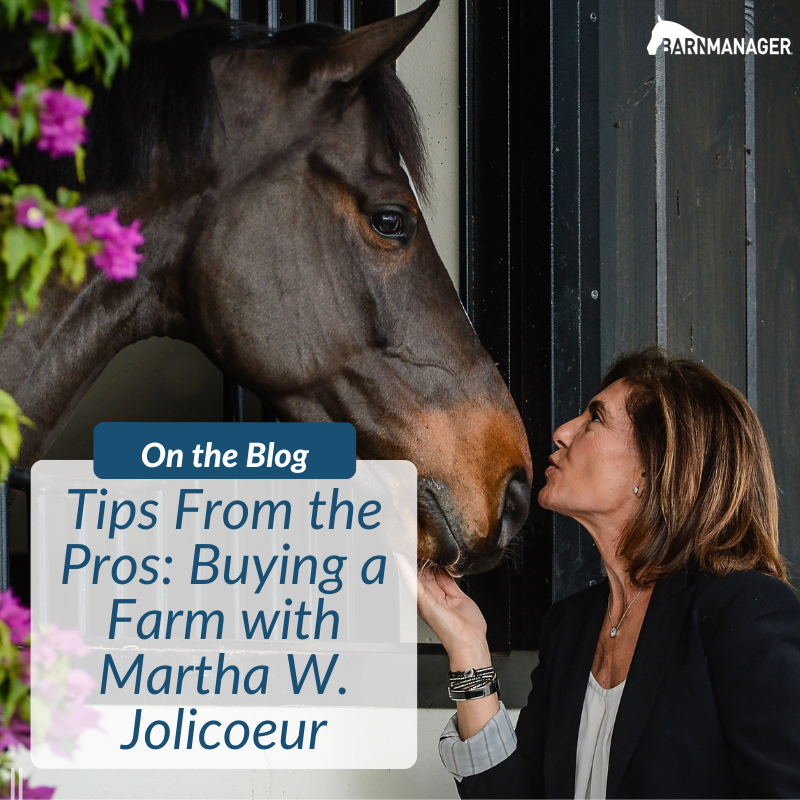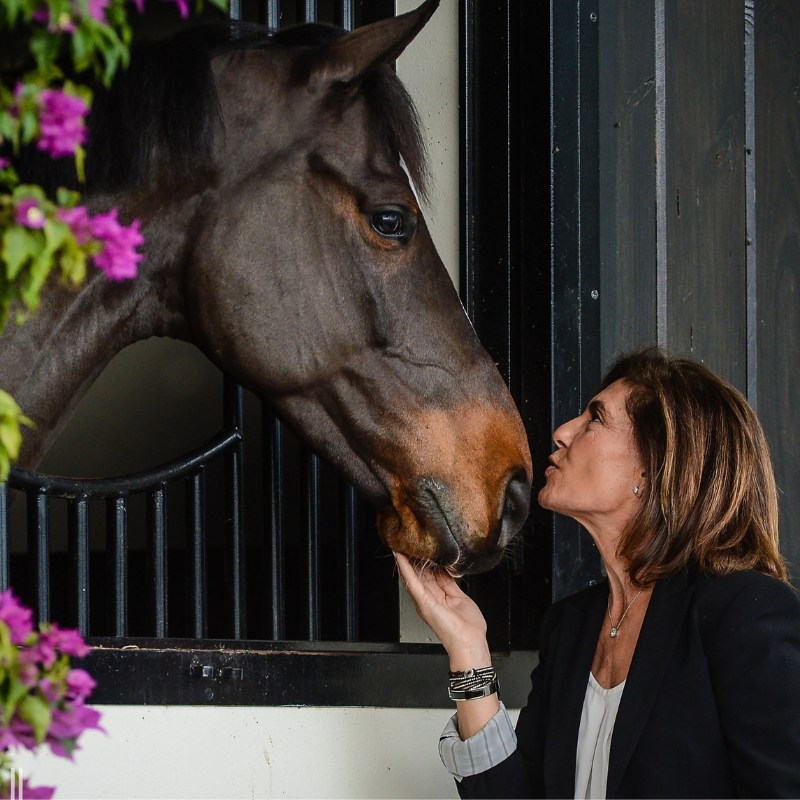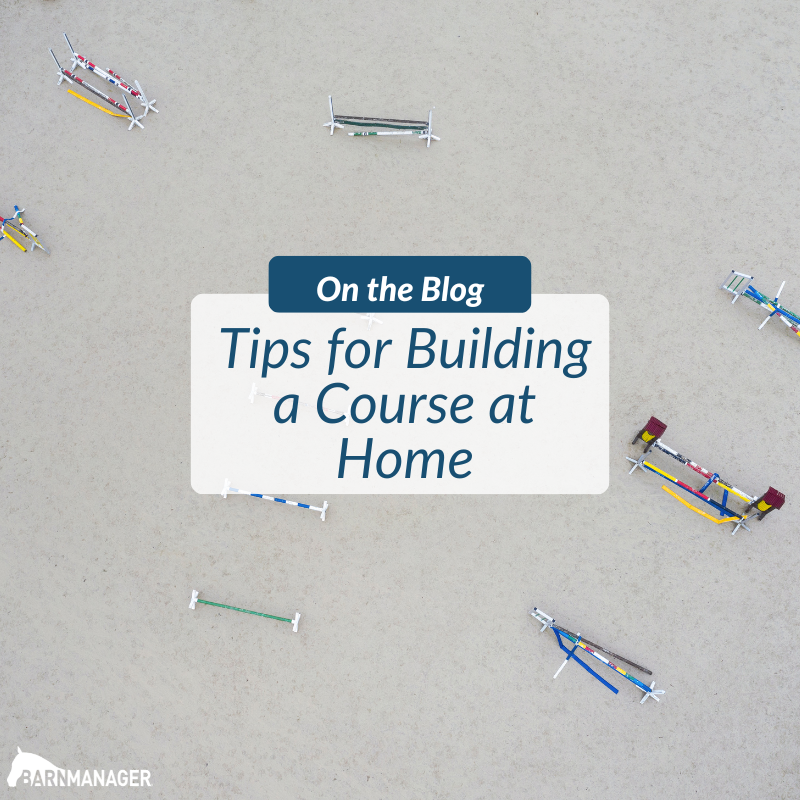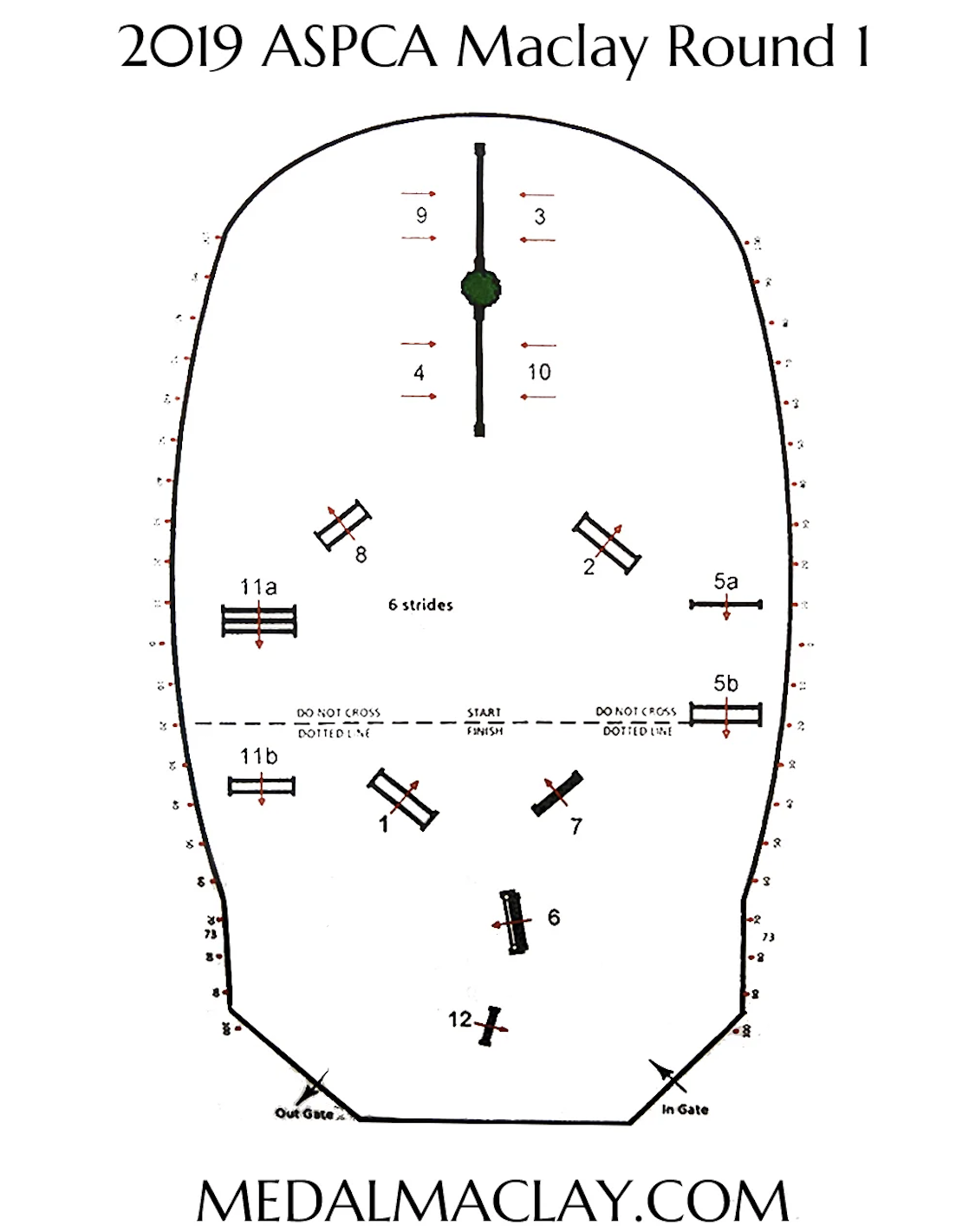BarnManager Q&A With: Kerri Short
Kerri Short, manager and groom for Anna Marek of Marek Dressage based out of Ocala, FL, and Dunnellon, FL
What are three things that are always in your ring bag and why?
The first thing I always make sure I have in my ring bag is a towel for wiping off boots, horse slobber, or anything else. I also keep silver spray just in case there are any last-minute nicks or scrapes. The third thing is sugar cubes for the good ponies! There are a lot of other things that are always in my ring bag but those are my top three.
What’s something you learned early in your career that has stuck with you?
Early in my career I learned that happy, healthy, shiny horses are due to good feed, grooming, and management.
Who inspires you the most in the industry and why?
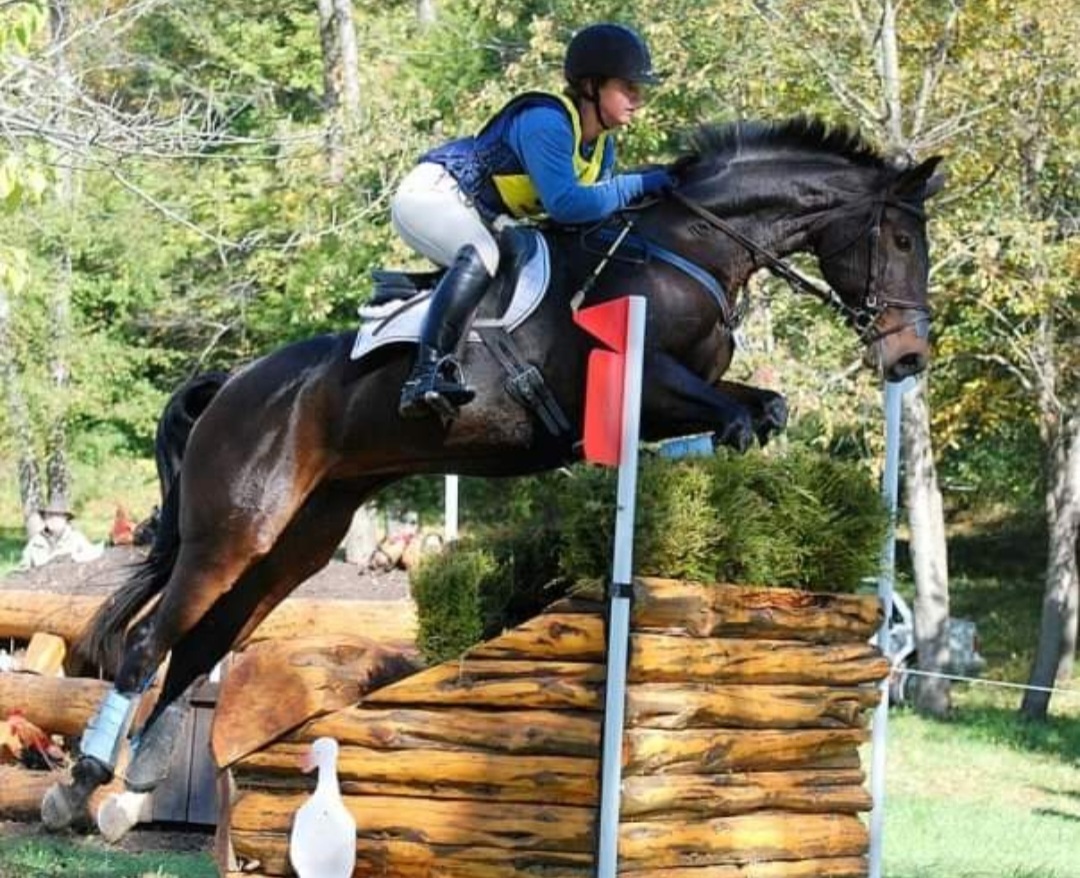
Photo courtesy of Kerri Short
I would say there is no one person in particular who inspires me. Anyone who has made the horse industry, grooming in particular, their livelihood is inspirational. It can be a tough life, so I admire a lot of professionals and grooms that continue to always do a nice job and care for their horses. The love the equine industry “lifers” have for the horses is pretty awesome.
What is your best tip for staying organized during a busy show day?
A white board! It is so important to write down all the times, schedules, and other important information about what needs to happen during the day. A white board is perfect for this because you can write down a lot of notes and easily make any changes.
What is one horse show you have never been to but would love to attend?
When I was an event groom, I always wanted to go to Badminton and Burghley Horse Trials. In the dressage world, any of the team shows, like the Olympics, Pan American Games, or World Championships, are high on my list.
Mares, geldings, or stallions? Why?
I think a good horse is a good horse!
If you were a horse, what would you be and why?
I would probably a short Cob horse. I would definitely hate flies and want all the fly gear!
Have questions about utilizing BarnManager or want to give it a try for yourself? Request a live demo here!
